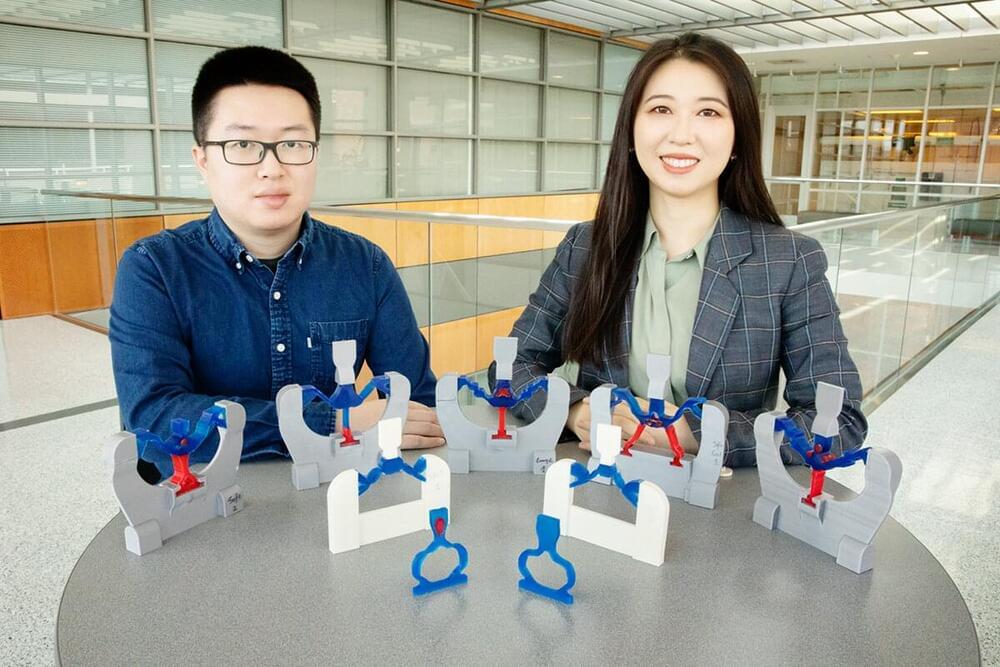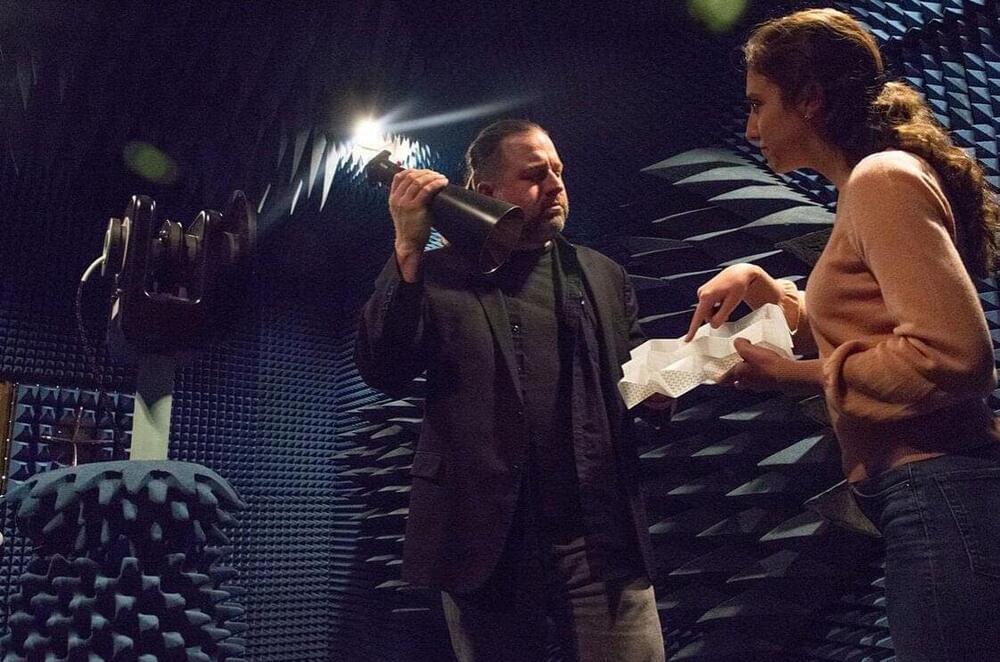In a paper published on February 23, 2022 in Nature Machine Intelligence, a team of scientists at the Max Planck Institute for Intelligent Systems (MPI-IS) introduce a robust soft haptic sensor named “Insight” that uses computer vision and a deep neural network to accurately estimate where objects come into contact with the sensor and how large the applied forces are. The research project is a significant step toward robots being able to feel their environment as accurately as humans and animals. Like its natural counterpart, the fingertip sensor is very sensitive, robust, and high-resolution.
The thumb-shaped sensor is made of a soft shell built around a lightweight stiff skeleton. This skeleton holds up the structure much like bones stabilize the soft finger tissue. The shell is made from an elastomer mixed with dark but reflective aluminum flakes, resulting in an opaque grayish color that prevents any external light finding its way in. Hidden inside this finger-sized cap is a tiny 160-degree fish-eye camera, which records colorful images, illuminated by a ring of LEDs.
When any objects touch the sensor’s shell, the appearance of the color pattern inside the sensor changes. The camera records images many times per second and feeds a deep neural network with this data. The algorithm detects even the smallest change in light in each pixel. Within a fraction of a second, the trained machine-learning model can map out where exactly the finger is contacting an object, determine how strong the forces are, and indicate the force direction. The model infers what scientists call a force map: It provides a force vector for every point in the three-dimensional fingertip.








